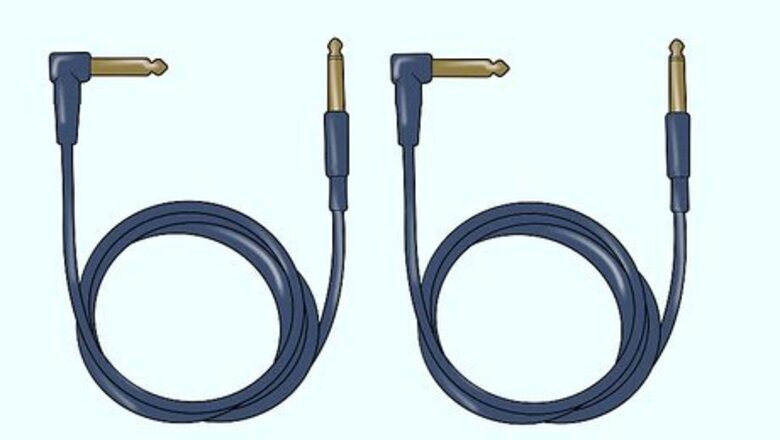
views
Attaching a Single Pedal
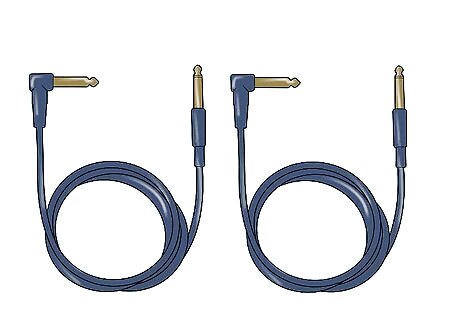
Buy 2 instrument audio cables at least 10 feet (3.0 m) long. These cables connect the pedal to your guitar and your amp. When you buy your pedal, go ahead and get the cables, too. They don't usually come with the pedal, but you can buy them separately at the same place. Long cables are best for this because they give you room to move around with your guitar. Most guitar rigs are mono and require only 1 set of 2 cables. If you're running a stereo amp or 2 amps, you'll need pedals with stereo jacks and 2 sets of 2 cables, for a total of 4 cables. If your guitar is already connected to your amp, you technically only need 1 extra cable. You can use the cable you used to connect your guitar to your amp to connect your guitar to the pedal, but you'll still need another cable to connect the pedal to the amp.
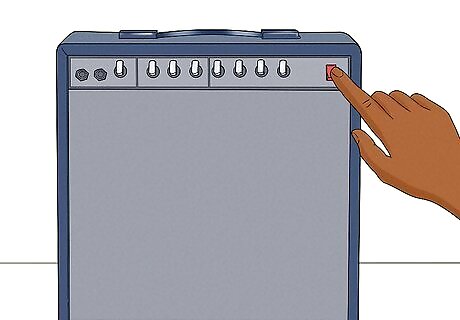
Turn off everything in your guitar rig. You don't have to disconnect everything from power, but you do want to have it turned off. This prevents loud pops and other feedback. You also risk a short if you try to connect a live circuit. If you happen to have everything unplugged, it's a good idea to plug it in so you can make sure everything is also turned off. Turn down the volume so you aren't blasted out of the room by accident when you turn everything back on.
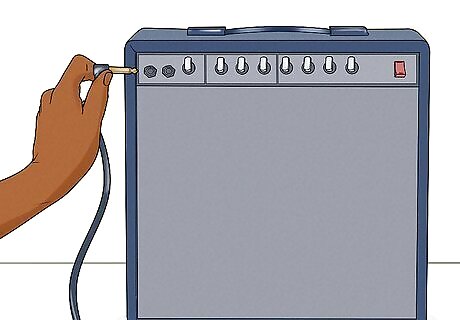
Use 1 cable to connect your pedal to the amp. Put one end of the cable into the output jack of the pedal, then put the other end of the cable into the input jack of your amp. Stretch out the cable so that the pedal can lie flat on the floor in a good position for you to use it while you play. If you happen to have a stereo rig and stereo pedals, repeat the same process with the second set of cables.
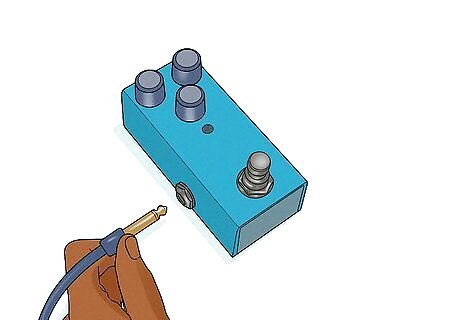
Connect your guitar to the pedal with the other cable. Stick one end of your second cable into the input jack of your pedal, then connect it to the output jack of your guitar. Test your setup with everything still turned off to make sure the pedal is at a comfortable position for you to reach while you're playing. For stereo setups, do the same thing with your other set of cables.
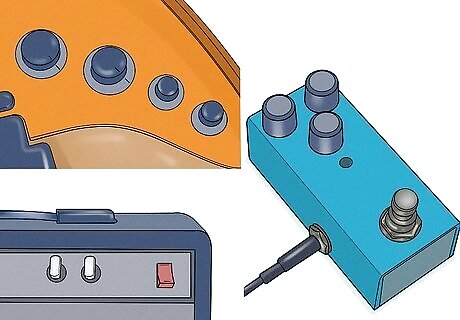
Turn on your guitar, then the pedal, then the amp. Whenever you connect a new pedal, start at the beginning of the signal chain (your guitar) and go to the end. Play a lick and test your pedal to make sure it works properly. When you power down, reverse this order, turning your amp off first, followed by your pedal, then your guitar. If you're using a battery to power your pedal, it's a good idea to take the battery out when you're not using your pedal so it doesn't get turned on by accident and drain your battery.
Chaining Several Pedals Together
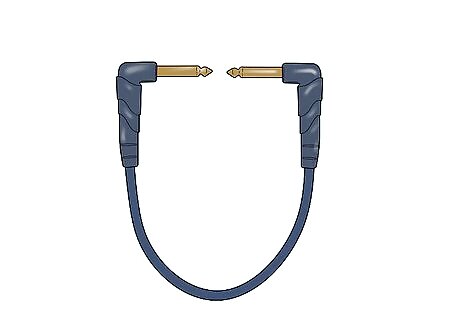
Buy 2 instrument audio cables and audio patch cables to connect each pedal. Get 2 longer instrument audio cables to connect the last pedal in the chain to your amp and the first pedal in the chain to your guitar. Then, get patch cables to connect the pedals together. These short cables are available wherever pedals are sold and usually come in packs of 4-6. You'll need 1 cable fewer than the number of pedals you have. So, for example, if you have 3 pedals, you'll need 2 patch cables. Shorter cables prevent signal loss that would occur if you were using longer cables between your pedals. They also make it easier for you to organize your pedals together.
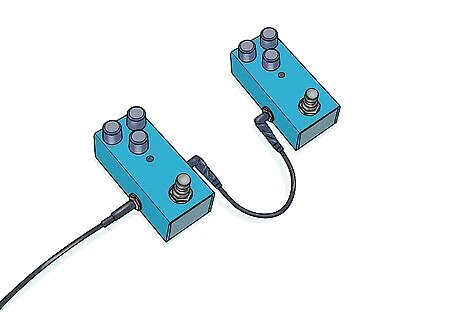
Lay out your pedals where you want them to go. Locate the input and output jacks on each pedal and make sure they're all turning in the same direction. Turn all the output jacks in the direction of the amp and all the input jacks in the direction of where you'll be standing and playing your guitar. Place a patch cable between each pedal so you can make sure you have enough. Then you'll have a longer cable on either end to connect your chain of pedals to your amp and your guitar.

Get a "daisy chain" power supply for your pedals. Most guitar pedals have a 9-volt battery inside, but this can be cumbersome (and expensive) to keep up with — and you wouldn't want a battery to die in the middle of a gig. You can pick up a daisy chain power supply designed for guitar pedals online or at any music or guitar shop. Check the connections on the power supply and make sure it will work for all the pedals that you plan to use. Most models list the pedals they work with on the package or online. Total the electrical current requirements (listed in mA) of your pedals and make sure they're under the maximum power output of the daisy chain power supply. Otherwise, you'll burn out your power supply. For example, if you had 2 200mA pedals, you could run them both on a 500mA power supply. But if you wanted to add a third 200mA pedal, you'd need a power supply with a higher maximum output.

Turn off your amp, your guitar, and all of your pedals. Check the switches and make sure everything in your guitar rig is turned off and set the volume to low. You can leave anything connected to power as long as it's turned off. If everything is unplugged, plug it in so you can test the volume, then make sure it's turned off.

Connect the pedals with patch cables and plug them into the power supply. Plug the patch cable into the output jack of one pedal and then plug the other end into the input jack of the next pedal. Keep going until you've connected all of your pedals together.

Plug the last pedal into the amp and the first pedal into your guitar. Plug one of the longer cables into the input jack on the first pedal in your chain, then plug the other end into your guitar. Then, take the other long cable and plug one end into the output jack on the last pedal in your chain. Plug the other end into the input jack of your amp, and you should be good to go!
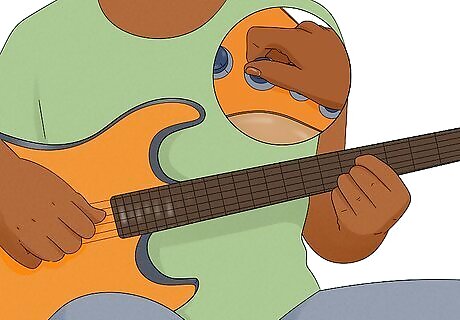
Turn everything on starting with your guitar. Turn on your guitar first, then go down the line turning on each of your pedals. Double-check the volume and make sure it's as low as possible, then turn on your amp. Play a riff on your guitar and test each of the pedals to make sure they're working properly. You might also try using 2 or 3 pedals at the same time to see if you need to change the order of the pedals at all. Remember to turn everything off before changing the order.
Putting Your Pedals in Order
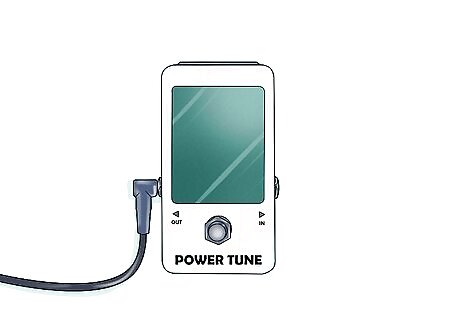
Put your tuner pedal first in the chain. If you use a tuner pedal, it needs the raw sound directly from your guitar to keep your guitar in tune. For this reason, it should always go first in your chain and connect directly to your guitar. If you put it after another pedal, it won't tune your guitar properly. When you're not using your tuner pedal, put it in bypass mode so your signal isn't traveling through it.
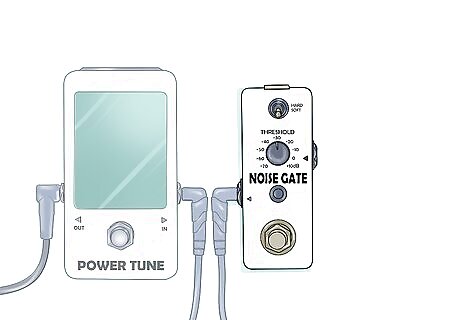
Place dynamic pedals, such as a noise gate, after your tuner. Noise gate and compressor pedals work best when they get the raw audio signal from your guitar, without any effects. They'll help clean up your signal before it passes through your other pedals. Put them on the "output" side of your tuner. You can also experiment with putting these pedals next-to-last in your chain, right before your time-based pedals. With that order, volume swells also get delayed or echoed.

Line up filter or shifter pedals after the dynamic pedals. The first of these types of pedals is usually your EQ pedal, which adjusts your tone so you can get the most out of any effects further down the chain. Set it on the "output" side of any dynamic pedals you have (or your tuner, if you don't have any dynamic pedals). After that, you might put an auto-wah, wah-wah, harmonizer, or octave pedal. Distortion, overdrive, fuzz, and other pedals that require a high gain typically work best after the filter and shifter pedals, but you can play around and decide what works best for you.

Include modulation effects pedals towards the end of the chain. Choruses, flangers, and phasers are all modulation pedals that alter the volume of your signal and typically work best after you've done the filtering or shifting that you want to do. If you modulate the signal and then distort it after the fact, the sound can lose definition as the effects smear together. If your amp has an effects loop, you can also plug your modulator pedal directly in there rather than chaining it with your other pedals. This will give the modulation a crisper, cleaner sound. If you have several modulator pedals, they don't have to be in any particular order. You'll typically only use one at a time and all the rest would be switched off, so they won't impact your signal.

End your signal chain with time-based effects pedals. Time-based pedals, including reverb, delay, and echo, usually work best when they're the last pedals in the chain and affect the completed signal. This allows you to repeat or delay the entire cool sound that you've made. Layering other effects over top of a delay or reverb (putting other pedals later in the chain) typically doesn't work very well because the other pedals can't figure out what sound to interact with. Some amps have reverb built-in, so it's naturally the last thing your signal hits. If your amp doesn't have reverb built-in, make that pedal the last in your chain to replicate the same effect.

Place your looper pedal depending on how you want your loop to sound. Looper pedals are tricky, but ultimately it comes down to what you want to record in the loop. If you want to play over a finished loop with distortion or other effects already added, you would put your looper pedal at the end of your chain. However, if you want to modulate the loop as you played over it, you would want it before any of those effects. When you're using the looper pedal, it records the sound coming from your guitar plus the effects of whatever pedals come before it on the chain.
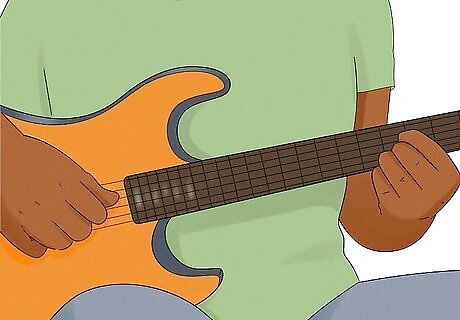
Play around with the basic order to find the sound you like. The order of guitar pedals is part science and part art. Ultimately, it comes down to how you like the way your guitar sounds. Different guitarists swear by different orders — find what works best for you! If you're curious about experimenting with the order of your pedals but don't really know where to start, look up the pedal orders used by a few guitarists you like and try them on for size.










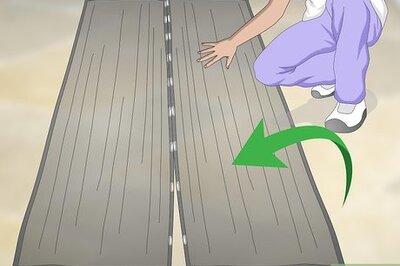
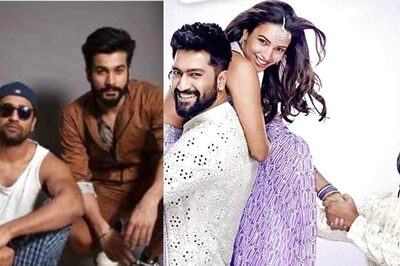






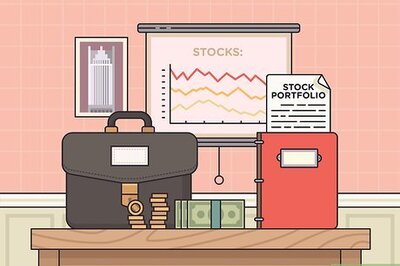
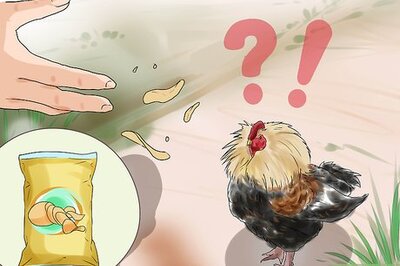
Comments
0 comment